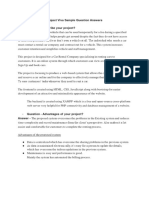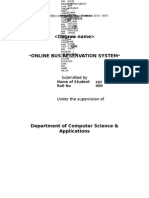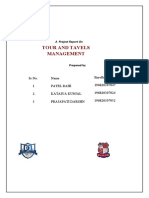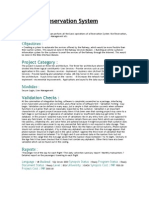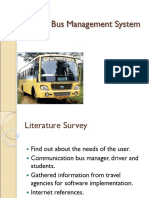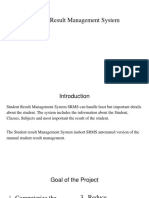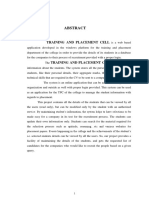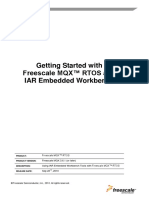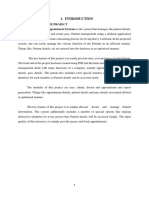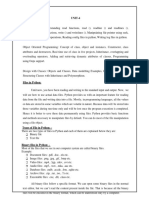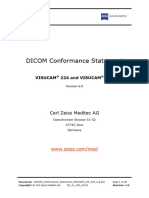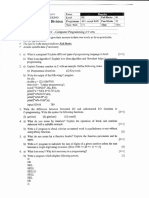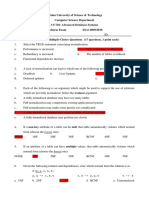0% found this document useful (0 votes)
2K views8 pagesCab Management System
This document provides a synopsis for a minor project on a cab management system created using Java. It includes declarations by the student and acknowledgments. The synopsis outlines objectives like enhancing efficiency, improving customer experience, and optimizing resource utilization. It covers the project scope, feasibility analysis in technical, operational, and economic terms, and need for the system. Technologies used include Java Swing, JavaFX for the front-end and MySQL for the back-end. The proposed system design includes modules for admin, driver, and user functions.
Uploaded by
MANISH JARYALCopyright
© © All Rights Reserved
We take content rights seriously. If you suspect this is your content, claim it here.
Available Formats
Download as PDF, TXT or read online on Scribd
0% found this document useful (0 votes)
2K views8 pagesCab Management System
This document provides a synopsis for a minor project on a cab management system created using Java. It includes declarations by the student and acknowledgments. The synopsis outlines objectives like enhancing efficiency, improving customer experience, and optimizing resource utilization. It covers the project scope, feasibility analysis in technical, operational, and economic terms, and need for the system. Technologies used include Java Swing, JavaFX for the front-end and MySQL for the back-end. The proposed system design includes modules for admin, driver, and user functions.
Uploaded by
MANISH JARYALCopyright
© © All Rights Reserved
We take content rights seriously. If you suspect this is your content, claim it here.
Available Formats
Download as PDF, TXT or read online on Scribd
/ 8


